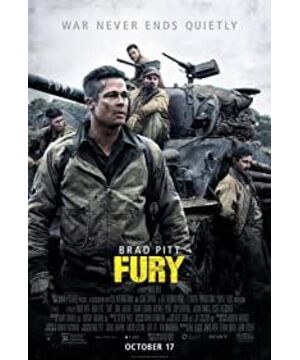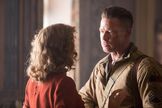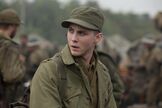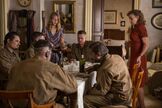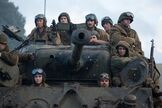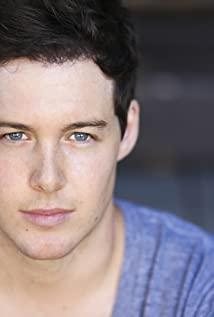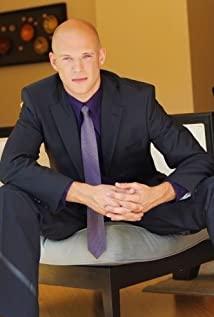When it comes to saving Private Ryan, there are many similarities in comparison with Fury. Both teams were veterans who played from North Africa to Europe in 1942. There was a veteran who looked stiff and stiff but actually held him out. Lieutenant Miller held his hand so that he was shaking when he drank water, and Pete held himself so that he was okay, so he found a place where no one was to experience what is so painful. There is a typist recruit in both teams. In both teams, there is a god, god, god, god, god, god, god, god, god, god, and god, like the Bible, Christ, Jehovah, and so on. Even killing Plasma shooting all the way is so familiar.
In spite of so many similarities, there are still differences between the two films.
Let me talk about the scene first. There are only more than ten vehicles that can be driven in fury and the crippled tanks. Add a few trucks and several infantrymen to live together, plus an open area for rescue, a small town offensive and intersection defense, such a large scale, support A two-hour war movie is actually a bit stretched. Compared with the prosperous Normandy landing in the opening scene of the rescue of the soldiers, it was furious and a little stingy. But when it comes to this, I have to admire the Hollywood director's scene scheduling and editing capabilities. A tank platoon plus a few infantrymen, such a small scale, can also make people look excited.
Let's talk about research evidence. The U.S. Army that fought with the tank platoon in Furious has all kinds of combat units. It can be seen from the clothing that in addition to infantry, there are also airborne troops. You know, this is the year of 1945 when the Normandy Landing and the Battle of the Bulge were experienced. After the rest and reorganization, will the US military, which is going to attack Huanglong, continue to fight in a mess of all arms as it did after the big airborne? The U.S. soldiers in the open-field battle, whether they are holding Garland, Thomson, or Browning, are holding abrupt. This is unscientific, dear, please tell me that Garland can hit people with such a fight. Huh?
There is also the battle at the crossroads. Where did the SS who were full of morale and sing the sunset and the red clouds of the sunset come from? It was already 1945. The German troops who were able to fight and fight on the western front were all eaten up, okay? The German troops on the eastern front who had been fighting with the fighting nations for several years would not be so military and morale high, okay? For such a large SS, every four or five people have an elite German army carrying iron fist rockets. It really makes me jealous. At this point in the war, the German army can actually maintain this level of equipment and morale. How did the wimpy Allies get the Führer in 1945? It's not scientific. Of course, what is even more debilitating is that the SS of just such a battalion, full of blood and iron fists, actually smashed into this way with a Sherman who couldn't move. Could it be that the rocket warhead is filled with sand? War is so trifling.
In addition, I can hardly understand Pete's hatred of the SS. He is a veteran who has been in the war since 1942. The German Wehrmacht has fought the most. How many times have he fought with the SS? How can such a veteran who can kill a prisoner of war casually without blinking his eyes become so hated against the SS who killed his compatriots? This hate came for no reason. It was the Soviet army who hated the SS the most in World War II. The undifferentiated guerrilla warfare on the Eastern Front brought the SS and the Soviet Red Army as well as the civilian guerrillas together. When the Soviets encountered the SS, they were all shot to death and the Germans captured Soviet political workers and guerrillas to the death penalty. This is a well-known thing. Such killings without the principle of warring cause deep hatred and are forgiven. On the Western Front , The whole resentment, then it is really a bit of a strong sense of worry for the new words. Furious, so angry that he can't touch his head.
Finally, talk about the style of the two films. In my mind, there is a very clear distinction between American movies, and that is 9/11. Most of the American films before 9/11 kept a hope regardless of the subject matter. No matter what predicament the protagonist or the entire mankind face in the film, they will always be in the dark. Of course, there are also dark films, but they are not mainstream. Movies after 9/11 are grayer, darker, and more helpless, as if the entire country has lost the rare innocence and idealism of mankind overnight. The rescue soldiers before 9/11 started with the Blue Grass, Blue Sky and Stars and Stripes, and ended with the Blue Grass, Blue Sky and Stars and Stripes. The fury after 9/11 started with a muddy white horse witnessing two humans killing each other, and the end is a muddy white horse running past a human cannibal endgame. The temperament of the two films is self-evident. And in the rage, there are many depressive, mechanically moving shots that mimic the observation mirror of a tank. Such shots are used in the cruel war film, which is almost breathless and soothing in the rescue of the soldiers. The wide field of view and the wide lens language formed a sharp contrast. In addition, in the book of Revelation, the first knight who appears is riding a white horse. The white horse appears at the beginning and the end of the movie. I don't know if it was intentional or a classic. But the fury, anger, and barbarism in the war are indeed like plague, spreading everywhere, no one is spared.
In rescuing the soldiers, the US military squad is self-disciplined as a whole, and their purpose is also great and noble. This is a portrait of a hero. In the fury, the US military squad is no longer an army, but a barbarian tribe whose purpose is to conquer another barbarian tribe. In the whole movie, there is not a single hero.
In the rescue of soldiers, recruits and veterans interact. The reason for the interaction is that they are both human beings and can carry out normal emotional exchanges. The typist Capone eventually became a soldier, and the veterans turned from numb, life-indifferent fighters back to human beings. In the cold and merciless war, preserving kind humanity is the "impossible task" that is more difficult to complete than saving Ryan, but they have completed it, not the fact, but the idealism they have always upheld. belief.
In the rage, recruits and veterans communicate in one direction. The typist eventually became a killing machine, or that he became a cowardly typist, and the veterans were still the numb veterans. Four veterans were born to kill and died for killing. When Pete finally died, he did not forget to ask the typist not to surrender, they will torture you to death. But in the end the typist survived only after surrendering, and his distrust of human nature was fully manifested at that moment. In the eyes of the creator of this film, human nature is not the God who can redeem everything, but the fickle dice in God's hands.
When it comes to the salvation of human nature, I must talk about the most amazing drama in the rage, the dinner in the small town. The switch between war and peace, the redemption and destruction of human nature, are all vividly reflected in that scene. I wished that two hours of this movie would take place in this small town, but the director did not bother to stage a two-hour indoor scene amidst cruel bullets and violent blood, a scene that truly explores people and war. What a pity! The death of the German girl in this scene is in the same line as the surrender of the typist.
Today's American football is far more beautiful than American movies, because American football players still have that idealistic silly eldest sister-like naivety, but in American movies, it's hard to see these, and more of them are enemies and us. Regardless of entanglement and comfort, Brad Pitt's vicissitudes of life, not knowing whether it was damaged by the difficult world or by the unwary daughter-in-law, is a true portrayal of American movies today.
Finally, I want to say that watching the huge German tiger ravaged the American little Sherman with a thin skin and eighteen folds is really great.
Finally, I would like to say, ask God to save the American typists who have eaten their food!
View more about Fury reviews


